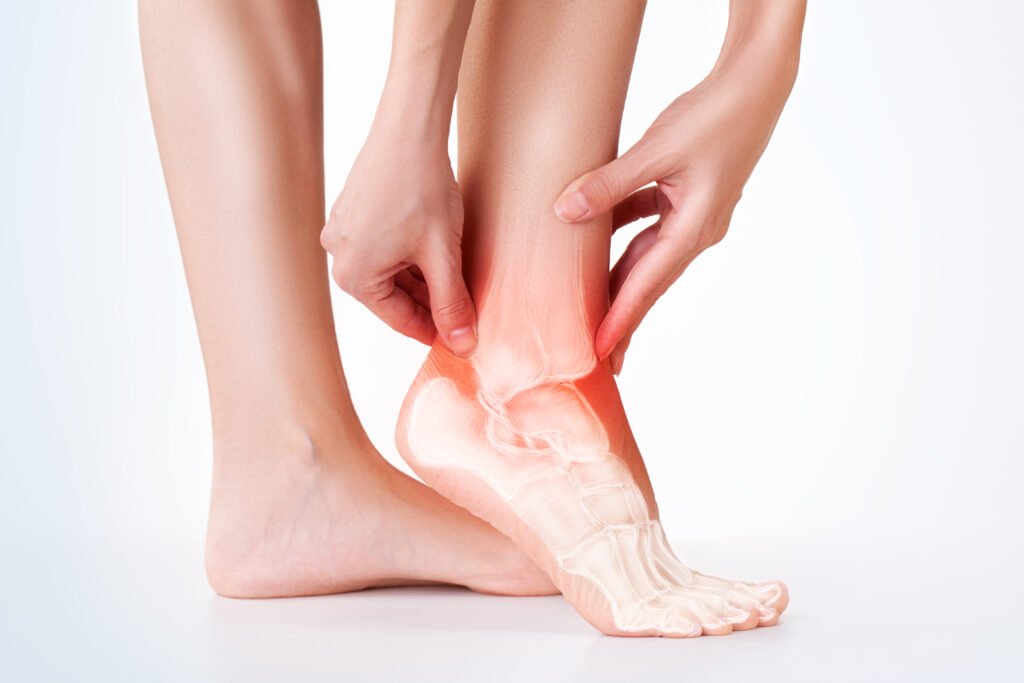Pediatric Heel Pain
Sever's Disease

Pediatric heel pain is most commonly caused by a condition called Sever’s Disease. It develops in active children and teens from overstress of the growth plate of the heel bone. Another name for Sever’s Disease is Calcaneal Apophysitis, which means “inflammation of the heel bone growth plate”. Signs and symptoms include pain with activity that improves with rest, inflammation of the heel, and limping/walking on the toes.
Risk Factors
- Age – Children and teens between the ages of 9-14.
- Sports – Athletic children participating in sports with running, jumping and hard cutting, like soccer, basketball and tennis.
- Poor Footwear – Unstructured footwear can put excessive stress on the growth plates.
Treatment
Sever’s Disease can be managed successfully by modifying or avoiding the activities that cause pain. With time, the child will get a sense of what activities they can participate in and for how long. This condition will need to be managed until the growth plate closes, around the age of 14-15 years old. Important treatments include:
- Rest – When pain develops, the activity causing the pain should be stopped until pain resolves.
- Medication – Non-steroidal anti-inflammatory medication that is safe for children can be used to help with pain.
- Custom Orthotics – To control foot biomechanics, which minimizes stress to the heel.
- Structured Cushioned Footwear – To minimize stress to the heel.
- Stretching – To lengthen tight muscles which may stress the heel.
Long Term
The good news is Sever’s Disease resolves completely and permanently once the growth plates close around the age of 14-15.
